Step 2 – “Market it and they will come”
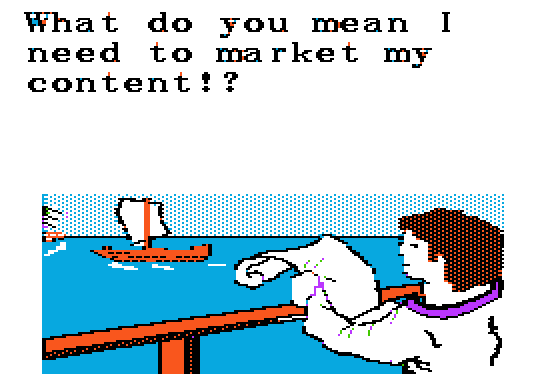
This is the second of 3 articles detailing the content process followed by Tiiny Host, the simplest way to share your design or project. Click here for the first article, which explains how we find keywords to rank for using SEO Arcade.
This article isn’t “the complete guide to marketing” or “the ultimate guide to generating profit”, so please dismiss any of those foolish notions immediately. “Marketing” is an extremely broad church and would arguably be impossible to cover in a single article.
Instead, we’ll provide you with a simple schema that anyone from your newest hire to your most seasoned veteran can use to begin marketing your newly minted piece of content.
So how do you go about ensuring that your content is having the greatest impact possible? Read on to find out.
So you’ve chosen your topic, found your keyword(s), and written your pillar post. Now what?
This is the part that many founders get wrong. They simply click “publish,” sit back, and wait for the clicks to roll in. They may go so far as to follow some generic advice, republishing their post on social media. Hell, if they’re feeling really wild, then they’ll even post it in a few forums.
The harsh truth is that “Build it and they will come” is a lie. Without marketing, your analytics are going to sound more like a ghost town than a casino slot machine.
People feel that they have to edit their content before marketing but that’s not the case, especially if you followed the comprehensive process we outlined in the first article.
Despite this, people still find it extremely difficult to actually begin marketing. So let’s deal with some of the common excuses we often hear below:
Common excuses for not marketing.
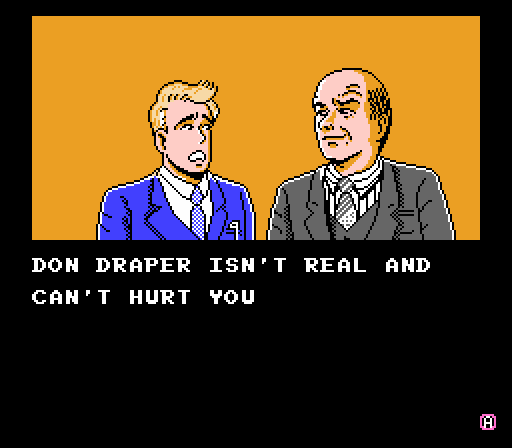
“There’s no growth in your comfort zone,” and nothing seems to push more people out of their comfort zones than marketing. Honestly, I understand. Hell, I was you! So how did I overcome my deathly fear of reaching out to people? Well, let’s quickly address some common misconceptions and excuses around marketing.
1. Don Draper is not a real person. He can’t hurt you.
Misconceptions around marketing weren’t helped by shows like “Mad Men”. Building your marketing strategy around serving an audience or community will create a pure base that permeates your entire strategy and mitigates the image of a cheesy salesman hounding people.
2. “I’m really shy”
This is the most common excuse we hear and honestly, my response is always the same. “There’s no growth in your comfort zone”. Stop treating every single attempt at marketing like the Superbowl. I promise that you won’t explode into a thousand tiny pieces if someone ignores your cold email, or hangs up the phone on you. Tim Ferriss calls this “fear-setting” and it’s a phenomenal means of overcoming your initial inertia around marketing.
3. I’m more of a features person
Really? I mean, really? The signature mark of a first-time founder is prioritizing features over marketing. Just ask Dagobert Renouf. He literally boosted his year-on-year growth by 700% by mocking folks like you on Twitter using memes.
4. “I’m just no good at it”
See our answer above.
5. “I don’t enjoy it”
There’s nothing wrong with this answer (bet you weren’t expecting that). You may be at the stage in your startup journey where you can begin to outsource those facets you don’t enjoy. This episode of the Indie Bites podcast with Dru Riley provides an excellent example of correctly timed outsourcing. If you’re reading this article then you’re almost certainly not at the point where you should outsource your marketing though. I’m all for “letting some fires burn” as Dru argues in the podcast, but you have to at least lay the kindling and strike a match first.
You’ve convinced me. Where do I start?
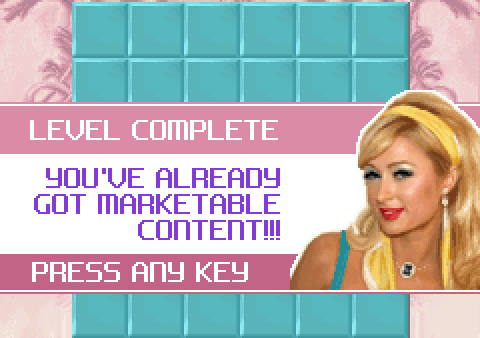
Your content is already marketable
Let’s start with some good news. Remember how adamant we were in the first article that you understand your target audience? In fact, the very first question we had you ask yourselves was “what is going to serve my community and/or audience the most?”
Part of the reason for that is that once you understand your audience and their search intent, you can create content that adds value. This, in turn, makes your content valuable.
Valuable content is infinitely easier to market than cheap content.
How to market your content
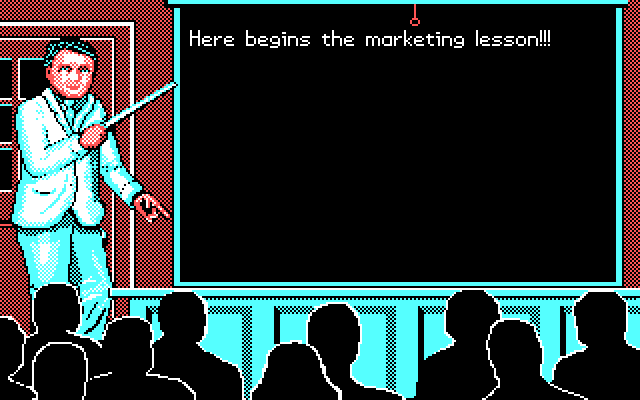
We’re going to keep things extremely simple and focus on 2 activities, with the first (hopefully) feeding the other. Some of you may have heard of the “funnel” term. Well, this is your extremely basic funnel. Remember, we’re not trying to bamboozle anyone here. This guide is meant to be immediately actionable.
The first step is generating leads, and the second is outreach. This separates the tasks sensibly. The first deals with how to acquire prospective points of contact and the second with how you approach them to maximize your chances of being listened to.
It sounds simple, doesn’t it? That’s because it is (at this very basic level, at least). So, on to the first step.
Step 1 – Lead Generation
It doesn’t matter how good your message is if you don’t have anyone to actually talk to. You could post your content and hope that the right person will stumble across it, but that’s far from the optimum means of pursuing growth. So, how do you find folks to chat with?
1. Use your current customer base
This one sounds so simple but you’d be amazed at how few people actually pursue it. If you’re fortunate enough to already have users for your tool then you should absolutely leverage that! Here’s how you go about zoning in on those folks worth chatting with:
- Check people’s registration email addresses. Are any signing up with their work email? Track and tally which industries are using your tool and consider why they might be doing so. Do they map to your original user stories? If not, then why?
- Now begin searching for users with large followings of their own. Perhaps one of them has a huge Youtube fanbase or oodles of followers on Twitter.
- It’s time to rank those highlighted users by activity, noting any who are mainly engaged with your tool.
- You should be left with three valuable lists of users it’s worth you reaching out to as soon as possible.
2. Community forums (a.k.a “the watering holes”)
In the first article, we explored the idea of “watering holes” as a means of conducting market research and discovering your audience’s needs. Well, hopefully, you remained engaged on those Reddit forums and Slack channels, but if not, then this is a great time to revisit those! You’ve already made yourself known because of your previous genuine inquiries around their pain points so the ice is already broken.
- Ask yourself if anyone you speak to seems particularly engaged with your questions.
- Was there anyone to whom the others particularly deferred?
- Were there any names that consistently cropped up as a recommended touchpoint for you?
If none of the above questions ring true then don’t despair. You now know what you should be asking when you revisit those watering holes.
3. In-person events
This is still the best means by which to generate leads. If you’re fortunate enough to live in an area that frequently holds in-person events for your target audience, then you should attend! Remember, you’re not there to sell anything, you’re there to help in a sincere and transparent manner (No Don Drapers!). Ask yourself the following:
- Are there any speakers at these events?
- Are there any community leaders? (Usually the event organizer or sponsor).
If you have a more feature or research-oriented skill set, then you’ll likely sail through the first step, overcome your initial hesitation with the second, and completely skip the third.
That’s a huge mistake. Connections formed at in-person events are generally the most meaningful, and you’re overlooking an incredible lead source if you skip them.
Step 2-Outreach (the right way)
This is where the rubber meets the road and few make it this far. If you’re one of them, then I can guarantee that you’re now armed with a bucket of new leads for the methods outlined in step 2.
You’ll feel awkward when you initially begin reaching out to folks. Remember, that’s completely normal and we addressed this above. Rest assured that it does get easier with time and is a necessary evil if you want to begin attracting clicks to your content.
1. Email
This is the most common means of cold outreach. Phishing scams and automatic signups for marketing content have hampered its effectiveness.
popularity. However, despite that, it’s still extremely effective and the tips below will help you craft a cold email that gets a response:
- Get to the point. Don’t ramble, you value your time and so do other people. Don’t ask them to do something that you wouldn’t and read three paragraphs of nonsensical jargon.
- Add value. This has to underline everything you do. Don’t go with your cap in hand asking for something because people’s generosity can only stretch so far.
- Be humble and respectful. Never forget that you’re the one reaching out to them. That means the onus is on you to provide value, and they’re under no obligation to accept it. If they don’t, then say thank you and don’t take it so personally. If they’re a little short, you don’t know what kind of day they’ve had.
- Follow up If you reached out and haven’t heard anything for a week, then don’t fear reaching out once more just as a nudge. People are busy and may have had every intention of replying before their schedules got away from them.
2. Social media and forums
Social media and forums are great for engaging your audience and leads. So what should you remember when dealing with folks via these mediums?
- Don’t be afraid to make the first move. The phrase “sliding into their DMs” has put many off from reaching out to their audience through Twitter or Instagram. This means that you have to be extremely clear as to why you’re reaching out to them and what your ask is.
- People tend to be less formal via these mediums which is great because it’ll be far easier to foster a meaningful friendship.
3. Cold calls
Now I know what you’re thinking, and you’re wrong. Here’s why:
- Speaking to someone over the phone is one step removed from speaking to them in person. Emails and DMs are open to interpretation whereas a voice on a phone can be so much clearer.
- We don’t just communicate through language but also through tone. Don’t believe me? Say the word “hello” with a straight face and a smile and tell me that tone doesn’t make a difference.
This is the final step in outreach and the one that the fewest people will make. Take the leap and reap the rewards. I cannot stress the value that you can derive through cold calling.
What should I be asking for?
This is all dependent on where you are in your startup journey, what your long-term plan for the lead is, and your current knowledge and standing in the market. Some would have you believe that you should begin signing collaboration contracts and scheduling weekly calls.
Honestly, we feel that’s overkill for most startups. If you’re new to the market, then perhaps begin with content sharing and a little guest posting. Older and more experienced hands should know what they’re after, and the picture becomes more nuanced.
The Golden Question
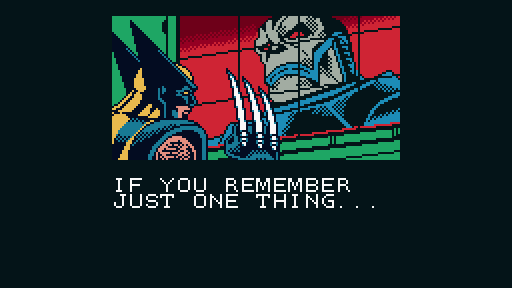
The tips above will radically improve your content’s performance and undoubtedly garner you a great deal more clicks and likes. However, there’s one golden question that I always recommend when using them.
“Is there anyone you would recommend me reaching out to?”
This one question alone will make all the difference to your marketing efforts. You’ll no longer fear dead ends and a desert of ideas. People are almost always willing to provide a name, and that recommendation provides a warm introduction. These radically increase your chances of converting your lead.
Wrap up and prep for phase 3
Bootstrapped founders don’t need complex marketing plans that require four separate spreadsheets and a PHD to follow. They need a simple plan that overcomes the initial inertia.
The 2 step process outlined above will immediately provide you with direction, begin populating your funnel, generate backlinks and actually get eyes on your content.
Phase 3 is going to focus on the actual writing process to ensure that you’re crafting the best piece of content possible that people will want to read. The content was written for people, not algorithms.


